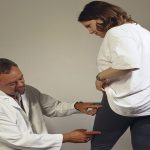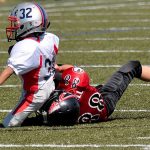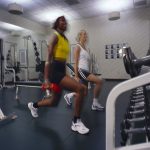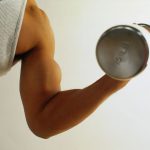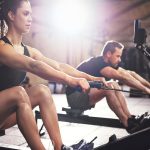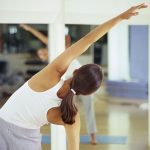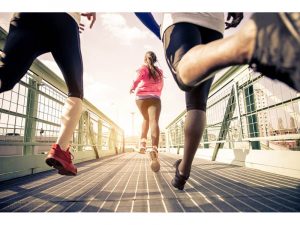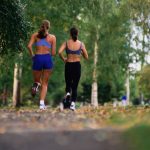
You enjoy walking and even have an exercise buddy to keep you on track. But maybe your enthusiasm has started to wane. The answer? Expand your workout circle and form a walking group in your community. By planning walks and encouraging one another, each member will have an impact on everyone else’s health. Createthegood.org offers simple steps to get started. First, see if there’s already a community-based organization that might join forces with you or offer ideas, information and resources. Maybe there’s a nonprofit that you’d like to support through a walk six or 12 months from now — check out its website to see if it offers planning pointers for fundraising events. Next, decide how wide a net you want to cast to recruit members. You might keep the group to people you know or extend it to include friends of friends. Hold a kick-off meeting and work out key details like the days and times the group will meet, how long you’ll walk each time and a list of routes that will keep things interesting. Set up a system for contacting one another by text or e-mail so you can send updates and reminders before each walk. If you’d rather join a group than start one, check out Walkwithadoc.org. Started in 2005 by David Sabgir, a cardiologist in Columbus, Ohio, it has chapters… read on >










